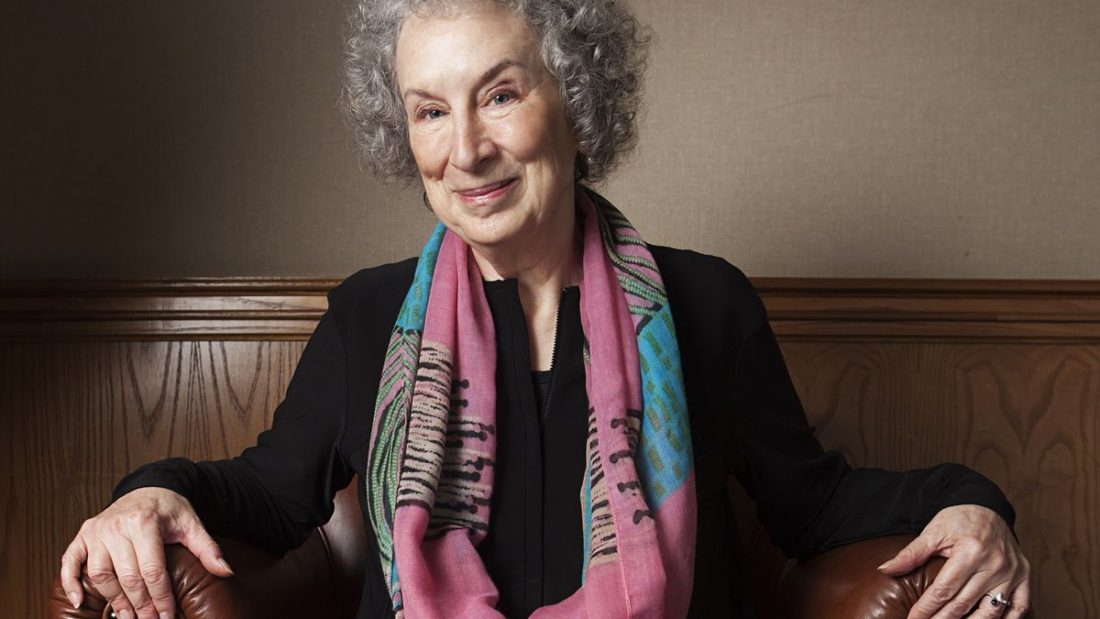Political frustration depicted in fiction. There was never a truer conversation. Enjoy.
“There was once a poor girl, as beautiful as she was good, who lived with her wicked stepmother in a house in the forest.”
“Forest? Forest is passé, I mean, I’ve had it with all this wilderness stuff. It’s not a right image of our society, today. Let’s have some urban for a change.”
“There was once a poor girl, as beautiful as she was good, who lived with her wicked stepmother in a house in the suburbs.”
“That’s better. But I have to seriously query this word poor.”
“But she was poor!”
“Poor is relative. She lived in a house, didn’t she?”
“Yes.”
“Then socio-economically speaking, she was not poor.”
“But none of the money was hers! The whole point of the story is that the wicked stepmother makes her wear old clothes and sleep in the fireplace-”
“Aha! They had a fireplace! With poor, let me tell you, there’s no fireplace. Come down to the park, come to the subway stations after dark, come down to where they sleep in cardboard boxes, and I’ll show you poor!”
“There was once a middle-class girl, as beautiful as she was good-”
“Stop right there. I think we can cut the beautiful, don’t you? Women these days have to deal with too many intimidating physical role models as it is, what with those bimbos in the ads. Can’t you make her, well, more average?”
“There was once a girl who was a little overweight and whose front teeth stuck out, who-”
“I don’t think it’s nice to make fun of people’s appearances. Plus, you’re encouraging anorexia.”
“I wasn’t making fun! I was just describing-”
“Skip the description. Description oppresses. But you can say what colour she was.”
“What colour?”
“You know. Black, white, red, brown, yellow. Those are the choices. And I’m telling you right now, I’ve had enough of white. Dominant culture this, dominant culture that-”
“I don’t know what colour.”
“Well, it would probably be your colour, wouldn’t it?”
“But this isn’t about me! It’s about this girl-”
“Everything is about you.”
“Sounds to me like you don’t want to hear this story at all.”
“Oh well, go on. You could make her ethnic. That might help.”
“There was once a girl of indeterminate descent, as average-looking as she was good, who lived with her wicked-”
“Another thing. Good and wicked. Don’t you think you should transcend those puritanical judgmental moralistic epithets? I mean, so much of that is conditioning, isn’t it?”
“There was once a girl, as average-looking as she was well-adjusted, who lived with her stepmother, who was not a very open and loving person because she herself had been abused in childhood.”
“Better. But I am so tired of negative female images! And stepmothers-they always get it in the neck! Change it to stepfather, why don’t you? That would make more sense anyway, considering the bad behaviour you’re about to describe. And throw in some whips and chains. We all know what those twisted, repressed, middle-aged men are like-”
“Hey, just a minute! I’m a middle-aged-”
“Stuff it, Mister Nosy Parker. Nobody asked you to stick in your oar, or whatever you want to call that thing. This is between the two of us. Go on.”
“There was once a girl-”
“How old was she?”
“I don’t know. She was young.”
“This ends with a marriage, right?”
“Well, not to blow the plot, but-yes.”
“Then you can scratch the condescending paternalistic terminology. It’s woman, pal. Woman.”
“There was once-”
“What’s this was, once? Enough of the dead past. Tell me about now.”
“There-”
“So?”
“So, what?”
“So, why not here?”

